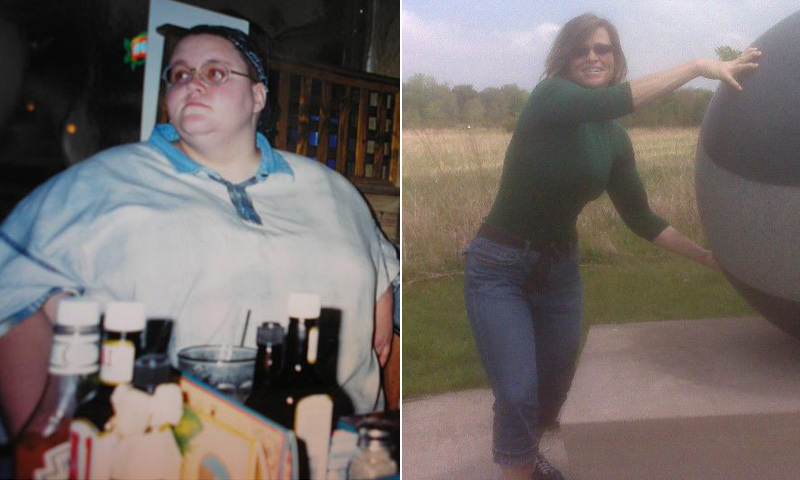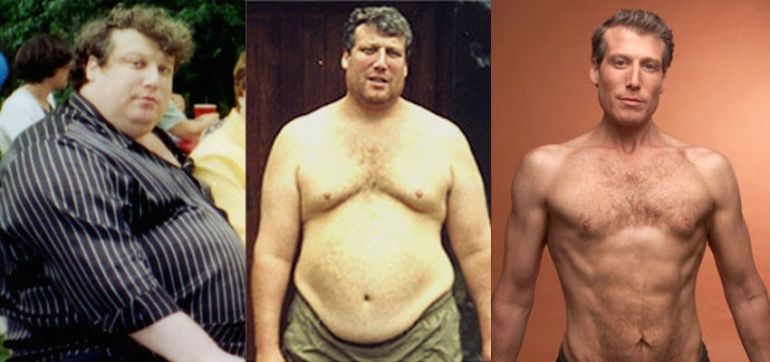Osteoporosis and low bone density are common in multiple sclerosis patients
 In multiple sclerosis patients, osteoporosis and low bone density are common in the early stages of the disease. Osteoporosis is normally a condition that comes with age. It is characterized by the bone density loss, which increases the risk of bone fractures. Aside from age, other factors, too, increase the risk of osteoporosis, like smoking, caffeine consumption, and lack of calcium and vitamin D.
In multiple sclerosis patients, osteoporosis and low bone density are common in the early stages of the disease. Osteoporosis is normally a condition that comes with age. It is characterized by the bone density loss, which increases the risk of bone fractures. Aside from age, other factors, too, increase the risk of osteoporosis, like smoking, caffeine consumption, and lack of calcium and vitamin D.
Study author Stine Marit Moen said, “We’ve known that people who have had MS for a long time are at a greater risk of low bone density and broken bones, but we didn’t know whether this was happening soon after the onset of MS and if it was caused by factors such as their lack of exercise due to lack of mobility, or their medications, or reduced vitamin D from lack of sun exposure.”
Extensive research has established a connection between low vitamin D levels and an increased risk of multiple sclerosis (MS). Vitamin D is crucial for bone health as it helps the absorption of calcium, which is also necessary for strong bones. Moen added, “Our hypothesis was that if vitamin D exerts a major effect on the risk of MS, then the effects of low vitamin D levels on bone density would be apparent soon after the onset of MS.”
The study consisted of 99 people, all diagnosed with multiple sclerosis or clinically isolated syndrome – a condition where a person has had an episode of multiple sclerosis, but has not yet been diagnosed.
Bone density was measured on average 1.6 years after MS symptoms presented. Bone density tests were compared with that of 159 control persons matched for age and gender.
Fifty-one percent of MS patients either had osteoporosis or osteopenia. Findings remained the same even after other factors that can contribute to osteoporosis were taken into account.
Moen concluded, “These results suggest that people in the early stages of MS and their doctors need to consider steps to prevent osteoporosis and maintain good bone health. This could include changing their diet to ensure adequate vitamin D and calcium levels, starting or increasing weight-bearing activities, and taking medications.”
Osteoporosis and bone fractures risk: role of type 1 and type 2 diabetes
Osteoporosis is a disease that affects the bones. Individuals with osteoporosis experience bone density loss, making bones more fragile and prone to fractures. Osteoporosis typically affects women more than men, but being female isn’t the only risk factor.
Other risk factors for osteoporosis include being older in age, being Caucasian or Asian, bone structure, body weight, family history, history of broken bones, cigarette smoking, caffeine consumption, certain diseases and medications. However, two risk factors often overlooked are type 1 and type 2 diabetes. Continue reading…
-
Can You Force Someone to Be Healthier?
David Trood via Getty Images In a classic stu
-
How To Lose Belly Fat Latest Secrets From The Research Labs Part 1
In this series of articles, you will learn exactly how to lose belly f
-
Nutrisystem Review - A Review of the Nutrisystem Nourish Program
Thinking about trying the Nutrisystem di
-
Lack of Sleep Boosts Calorie Intake
We all know that a good nights sleep is essential for good living ?pas
-
Weight Loss Plan: The Goal To Go Far
Since excess weight puts you at risk for many health problems, you ma
-
Liposuction Surgery Financing
Most of the time, budget is one of the biggest concern when it comes t
- DON'T MISS
- How to Lose 10 Pounds in a Month without Exercise
- Does Pure Garcinia Cambogia Extract Actually Work?
- Information About the Paleo Diet
- Successful Weight Loss Program
- Simple Solutions To Succeed At Losing Weight!
- 9 Ways to Lose Weight - Which One Works Best for You
- Weight Loss Diet Eat To Lose Weight
- The Easiest Way To Lose Weight
- It Takes Too Much Time To Eat Healthy and Lose Weight
- Want The Easy Weight Loss Solution?




